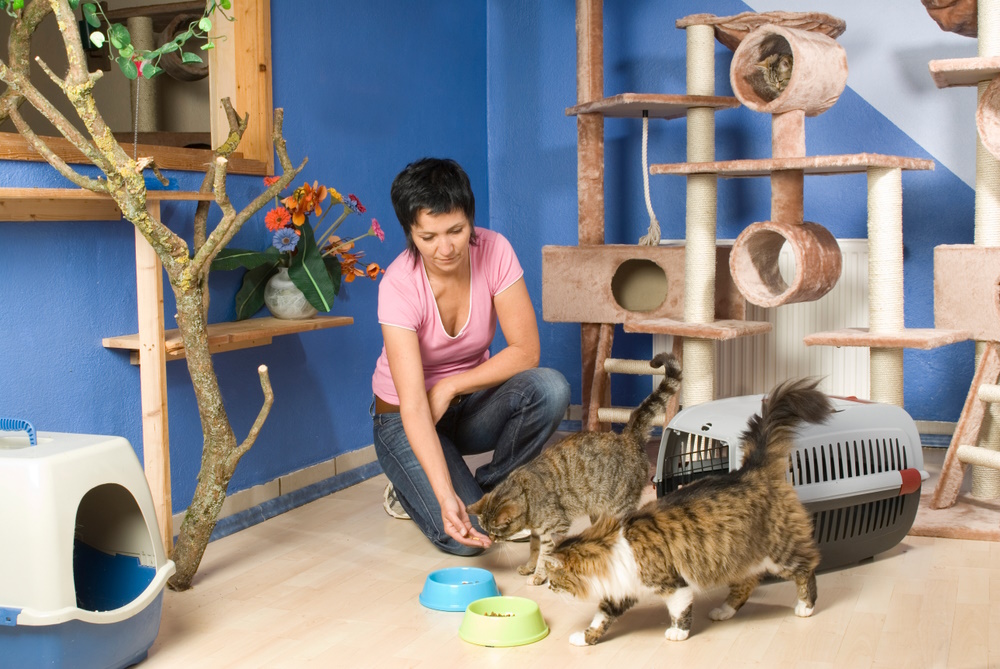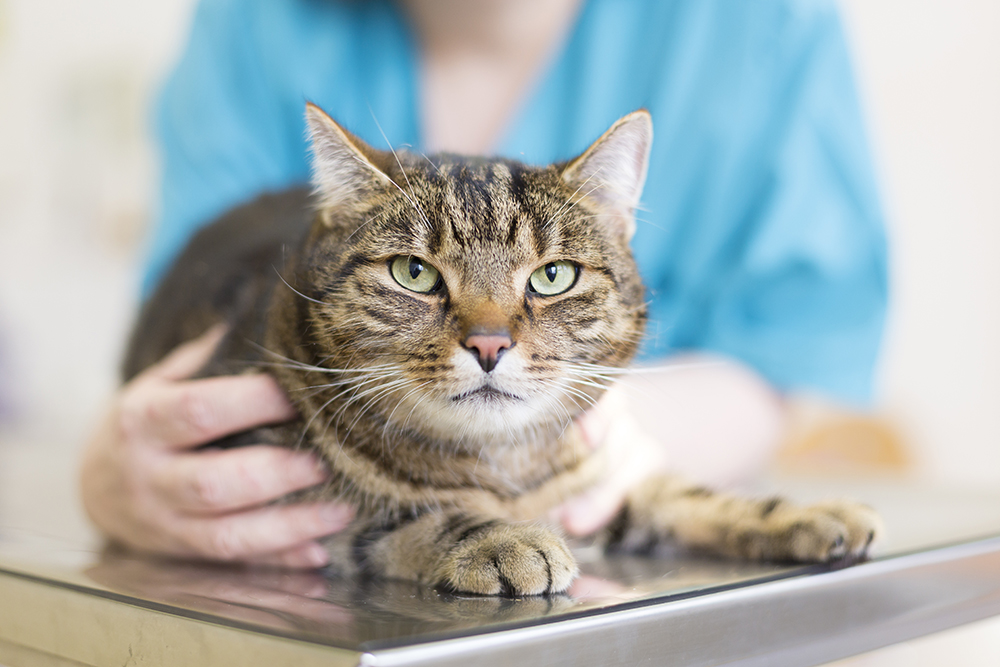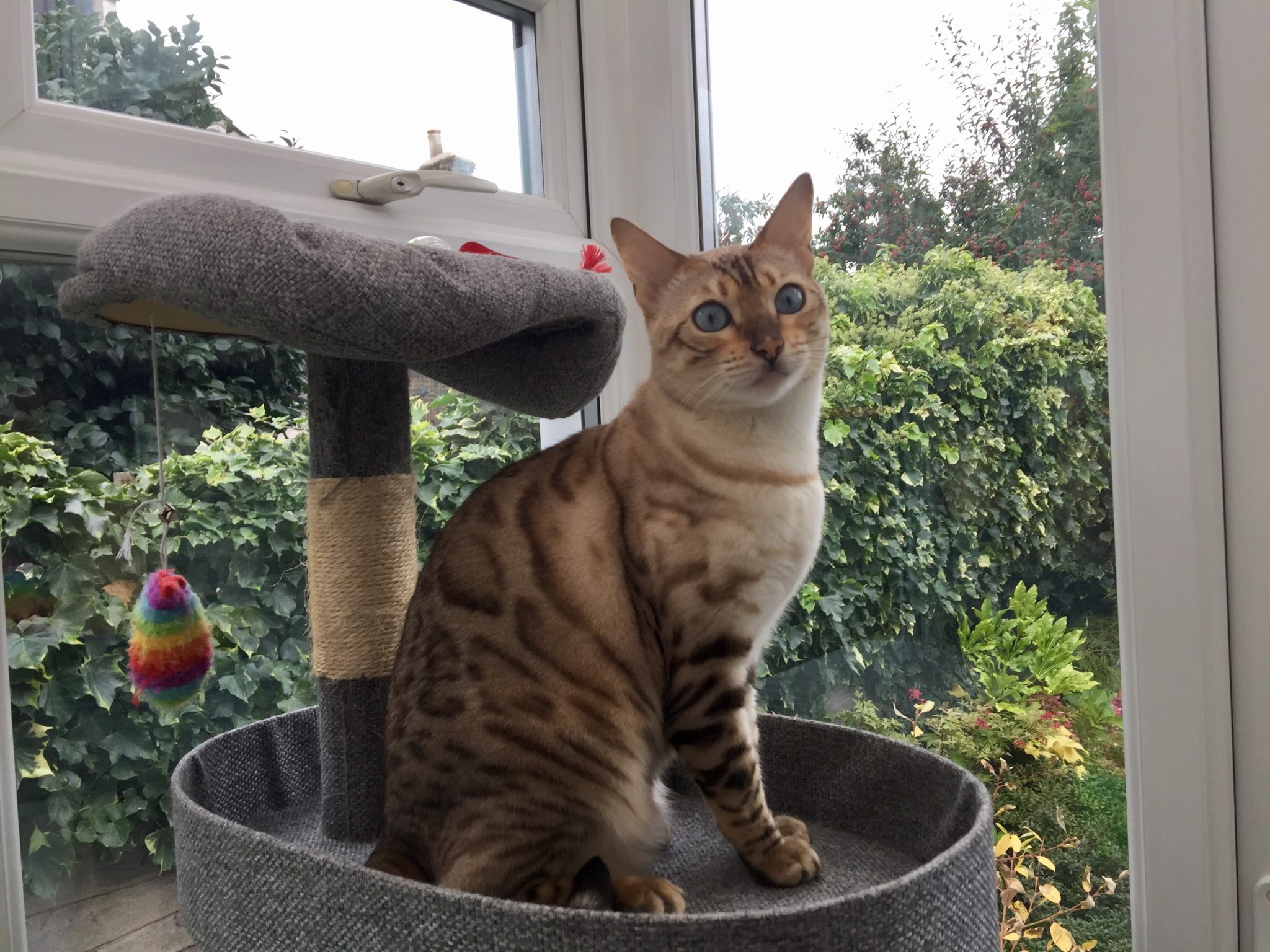It may be difficult to imagine a time when the formulation of basic animal care principles was needed. Tragically, the inhumane treatment of the nation’s domestic animals prompted a 1965 British parliamentary inquiry into their conditions. This later led Professor John Webster of what is now the Farm Animal Welfare Council to formulate what would become the Five Freedoms of Animal Welfare. Professor David Mellor expanded the concept in 1994 with the Five Domains.
The lists may seem like common sense to many pet lovers today, but they need to be articulated to provide a framework for scientific advancement and future policies. Today, they serve as a global model for organizations such as the American Society for the Prevention of Cruelty to Animals (ASPCA). They are supported by federal legislation such as the Animal Welfare Act of 1966.


How Do the Five Freedoms of Animal Welfare Work?
The application of the Five Freedoms of Animal Welfare is the provision of organizations that adopt its principles. These include the following:
- Freedom from hunger or thirst
- Freedom from discomfort
- Freedom from illness, injury, or disease
- Freedom to express normal behavior
- Freedom from fear and anxiety
While they are written with pets in mind, they also apply to pets and any animal in human care. We can interpret the details based on the species. The first freedom is self-evident: Cats must have food and fresh water available at all times. The second, as defined by the ASPCA, includes living quarters and comfortable resting places. For cats, this can mean a covered space or even a box. Research supports their suitability for stress reduction.
The third freedom involves appropriate veterinary care if necessary, with the aim of immediate treatment. The fourth freedom could mean something like providing a scratching post for a cat, for example, as the ability to scratch is a physical need and a form of communication. The fifth freedom builds on the previous ones and is perhaps the most difficult of the freedoms. For example, cats despise changes in their routine, which can present as signs of an illness.
The Five Freedoms of Animal Welfare are subject to interpretation based on the individual animal. For example, some cats are so laid back that they have little phases. Some breeds, however, like the Russian Blue, are naturally more fearful than others, making the fifth freedom particularly challenging for these animals. Early weaning before 8 weeks is another factor affecting the cat’s welfare, which is associated with more problematic aggressive behaviour.

What are the Five Domains of Animal Welfare?
The goal of the Five Freedoms of Animal Welfare is to raise awareness about these issues. However, values change. It may have been unthinkable to pamper cats as we do today when Webster drew up the document. These revolutionary ideas inspired Professor David Mellor and Dr. Cam Reid will update them based on today’s customs. Therefore, they published the Five Domains of Animal Welfare.
These include the following:
- Nutrition
- Environment
- Health
- Conduct
- State of Mind
The first three are Survival Factors. The fourth involves Situational Factors. The fifth is the Affective Experience Domain. Unlike the Five Freedoms of Animal Welfare, the domains provide specific examples of dos and don’ts for each field. These include details like “A balanced diet,” and “Good fitness level.” Regular updates are part of the model application.

Where are the Five Freedoms and Domains Used?
We have mentioned many organizations that uphold the Five Freedoms of Animal Welfare. It emphasizes the need they fulfill. Although they seem like common sense, getting them in black and white is a significant step forward, and the animals benefit. The ASPCA uses the five freedoms to raise awareness in public service campaigns. Others, like the World Organization for Animal Health, make them part of their mission.
Mellor and Reid intended the Five Domains of Animal Welfare to be guidelines, recognizing the subjective nature of interpreting animal emotions. They also rely on current scientific knowledge, which changes with growing research over time and lends credibility to this approach by considering internal and external factors that affect the perception of well-being in the observer and animal
Of course, a cat is a different animal than animals or dogs. An effective view of animal welfare must incorporate these facts into the model. So, you will see the five freedoms applied differently, showing these nuances. The five domains go a step further by identifying common survival denominators while leaving room for customization based on what group is using the Five Freedoms of Animal Welfare.
Veterinarians can use this information to educate their clients about the cat’s needs. Stress and discomfort often fly under the radar. After all, cats are good at hiding any signs of distress. The Five Freedoms of Animal Welfare provide a framework for veterinarians to work with pet owners to ensure that cats get what they need to live and thrive. After all, they are not the creatures some of them might think. They also need compassion.
In recent years, veterinarians around the world have been expanding their knowledge and updating their practices to include a “fearless clinic” approach. For cats, this includes details such as eliminating waiting times, adding multi-cat calming pheromones, placing anti-slip mats on the examination table, having a gentle and considerate approach when handling them, and providing them with sedation, a cat-specific dog-free area, and a covered recovery area, to name just a few courtesies. “Fear-free” is a big movement in the world of veterinary care and many practices are getting a “Fear-Free Practice Certificate” after setting up their space and operations to consider all the details that help less stressful experience for cats and other pets. seen in practice.

The Benefits of the Five Freedoms of Animal Welfare
The benefits of the Five Freedoms of Animal Welfare are clear: They emphasize the importance and responsibility of caring for animals. After all, it is a privilege to have a cat. Unfortunately, some people may not know what good fortune entails. They don’t mean to be cruel, but they may not know what it means everywhere. The five freedoms spell it out clearly.


Frequently Asked Questions (FAQ)
How Do the Five Freedoms of Animal Welfare Deal with Enrichment?
These provisions are covered by normal conduct. That means providing adequate space and interacting with cohorts as appropriate. Interactive toys are a great way to fulfill this need. Importantly, we must allow cats to be physically and mentally stimulated for a healthy lifestyle.
What Else Does Freedom From Discomfort Cover?
This element is critical for cats, and it includes providing them with anything necessary to prevent them from living in an uncomfortable or potentially dangerous situation or environment, including an area away from dogs and their barking, or doing what is necessary to recover them. after injury or illness.

Are There Limitations to Applying the Five Freedoms of Animal Welfare?
The Five Domains of Animal Welfare address these concerns. For example, both cover diet. However, feeding a cat to obesity is not in the kitten’s best interest. Also, a comfortable space is reasonable but does not hinder interaction with people.


A Quick Reference Guide
| The Five Freedoms | Examples |
| Freedom from hunger or thirst | availability of water; clean water; a diet appropriate for the animal’s life stage |
| Freedom from discomfort | Comfortable bed with a quiet place to relax |
| Freedom from illness, injury, or disease | Good body condition; regular vet check-ups |
| Freedom to express normal behavior | Regular playtime and mental/physical enrichment |
| Freedom from fear and anxiety | The cats live separately from the dogs and bark a lot |


Conclusion
The Five Freedoms of Animal Welfare identified a problem and offered a solution for animals stressed by their living conditions. Its principles cross species lines on several fronts. The Five Domains of Animal Welfare is the updated version, with more specific guidelines and information to help keepers make informed choices, with the latitude to adapt them for different other species, like our feline companions.
Featured Image Credit: Billion Images, Shutterstock


